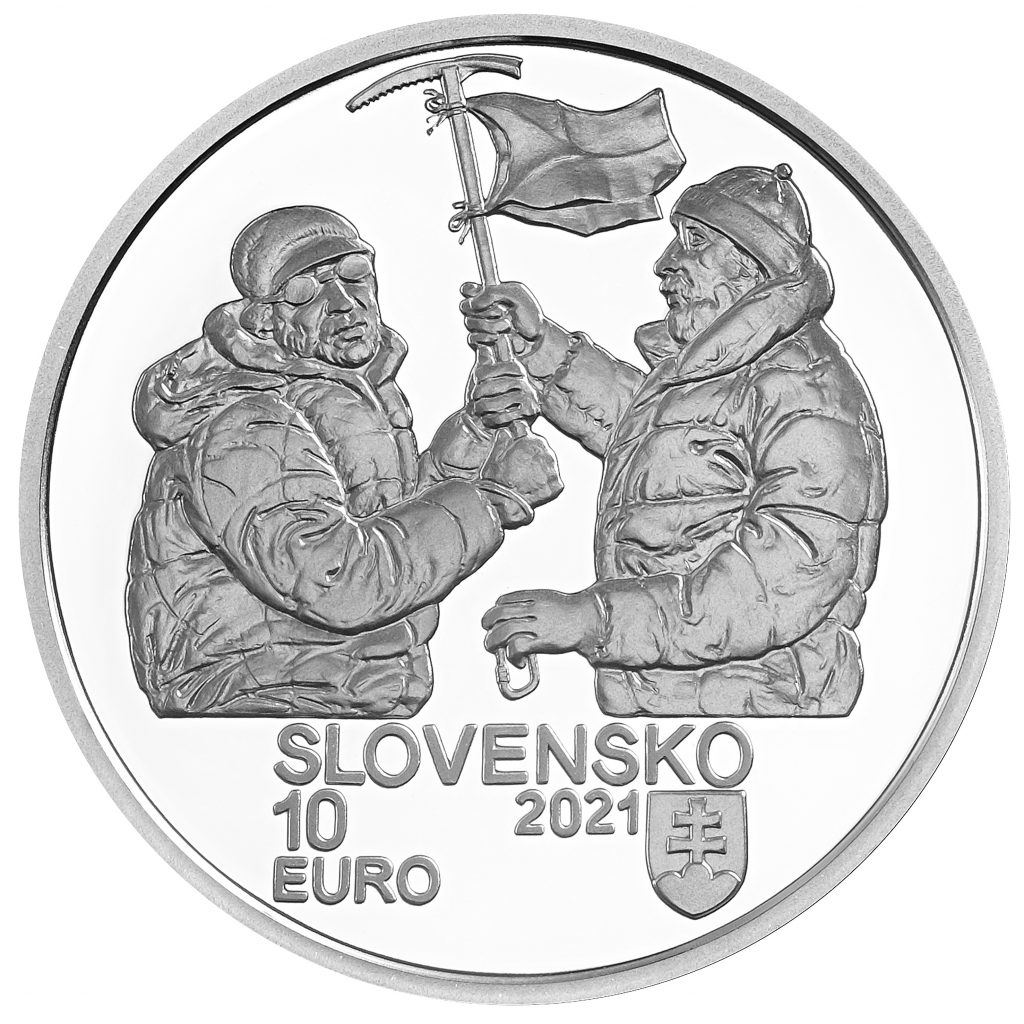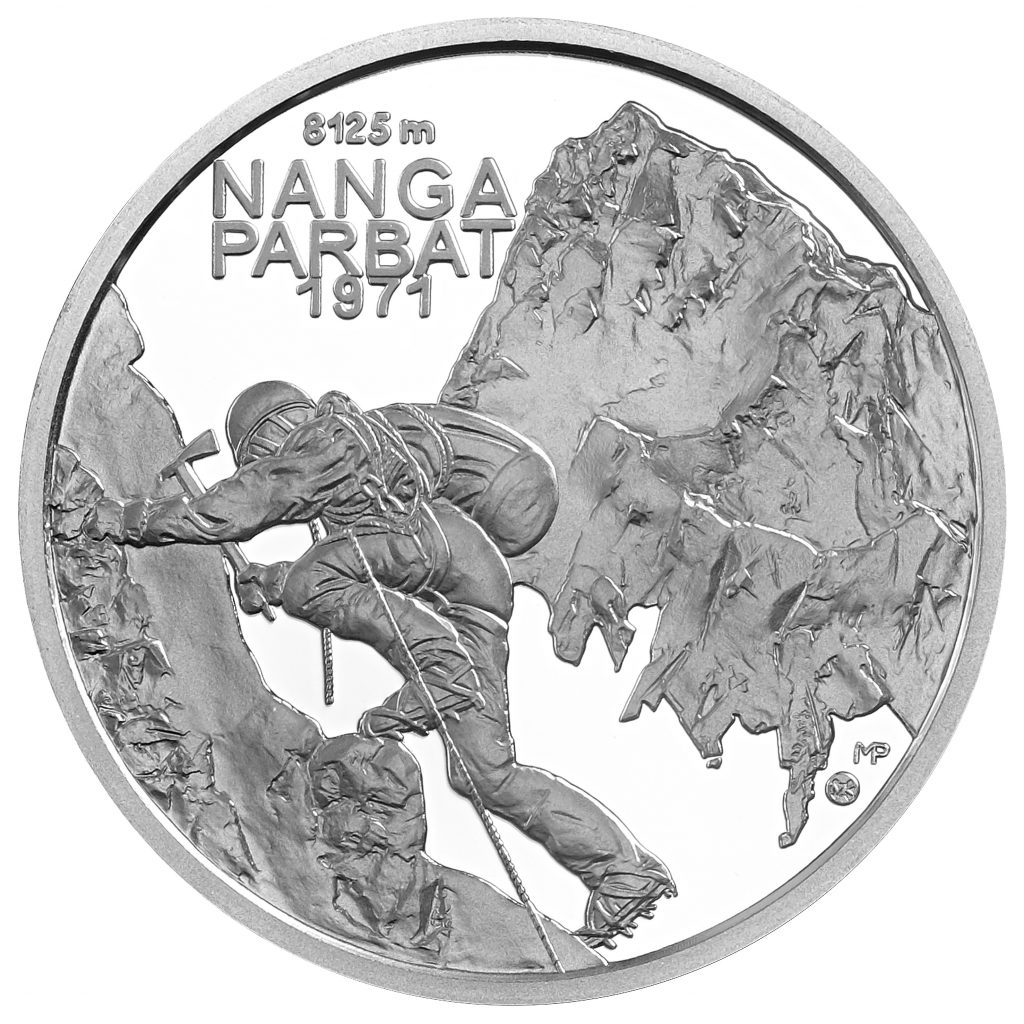-
NBS Tasks
Browse topics
- Monetary policy
- Financial market supervision
- Financial stability
- Banknotes and coins
- Payments
- Statistics
- Research
- Legislation
-
Publications
- Activity Report of the NBS Innovation Hub Annual Report Carbon Footprint Report of NBS Climate-related disclosures of NBS non-monetary policy portfolios Economic and Monetary Developments Financial Stability Report Investment Policy Statement of the National Bank of Slovakia Macroprudential Commentary
- Policy Briefs Report on the Activities of the Financial Market Supervision Unit Research Papers: Working and Occasional Papers (WP/OP) Statistical Bulletin Structural Challenges Other publications Sign up for your email notifications about publications
- About the Bank
- Media
- Frequently asked questions
-
For the public
Browse topics
- About the Bank
- Exchange rates and interest rates
- Banknotes and coins
- Payments
- Financial stability
- Financial market supervision
- Statistics
- Legislation
-
Publications
- Activity Report of the NBS Innovation Hub Annual Report Economic and Monetary Developments Financial Stability Report Macroprudential Commentary
- Report on the Activities of the Financial Market Supervision Unit Research Papers: Working and Occasional Papers (WP/OP) Statistical Bulletin Other publications Sign up for your email notifications about publications
- Frequently asked questions
- Media
- Careers
- Contact
50th anniversary of the first successful ascent of an eight-thousander (Nanga Parbat) by Slovak climbers
€10 silver collector coin
There are myriad peaks and mountain ranges on the earth, but only 14 of them are more than 8,000 metres in height above sea level, all located in the Himalayan and Karakoram mountain ranges in Asia. It was there, a century ago, that expeditions from different nations began competing to be the first to conquer the eight-thousanders. In 1950 French climbers made the first conquest—Annapurna (8,091 m)—and in 1964 Chinese climbers summited the last unclimbed eight-thousander, Shishapangma (8,013 m). For geopolitical reasons, Czech and Slovak climbers were unable to take part in this race. In 1969, during a lull in political tensions, Slovak mountaineer Ivan Gálfy managed to organise the “Tatra Expedition to the Himalayas” with the goal of climbing Nanga Parbat (8,125 m). The expedition, however, did not achieve its objective. Two years later, the undeterred Gálfy put together another expedition consisting of 16 climbers, mostly from Slovakia. From May 1971 they worked tirelessly on preparing an ascent route, again via the Rakhiot Flank, and then on 11 July 1971 four climbers set out on the final ascent from the highest camp, at 7,600 m. Only two of them—Ivan Fiala and Michal Orolín—reached the main summit of Nanga Parbat. Their success triggered a wave of joy in Czechoslovakia, especially among the Slovak public, which reverberated for several years to come.
-
Coin description
Obverse:
The obverse depicts the climbers Ivan Fiala and Michal Orolín after reaching the summit of Nanga Parbat in 1971; they are holding an ice axe to which is attached the Czechoslovak flag, and Fiala is also hold¬ing the karabiner that he would leave on the summit. In the lower part of the design is the name of the is¬suing country ‘SLOVENSKO’. Inscribed below the left side of that name are the coin’s denomination ‘10’ and currency ‘EURO’, one above the other, and below the right side are the year of issuance ‘2021’ and the Slovak coat-of-arms, one next to the other.Reverse:
The right side of the reverse design depicts the summit of Nanga Parbat. On the left side, in the foreground, there is the figure of a climber on a rock face. In the upper left quadrant is the name ‘NANGA PARBAT’, with the first part above the second part. Inscribed above the mountain’s name is its height ‘8125 m’, and below the name is year ‘1971’, when the mountain was first summited by Slovak climbers. At the lower right edge are the stylised letters ‘MP’, referring to the coin’s designer Mária Poldaufová, and the mint mark of the Kremnica Mint (Mincovňa Kremnica), consisting of the letters ‘MK’ placed between two dies.
-
Coin details
Designer: Mária Poldaufová Composition: .900 silver, .100 copper Weight: 18 g Diameter: 34 mm Edge: • PRVÝ ÚSPECH SLOVENSKÝCH HOROLEZCOV V HIMALÁJACH
(The first success of Slovak climbers in the Himalayas)Producer: Kremnica Mint Engraver: Dalibor Schmidt Issuing volume: 2,600 coins in brilliant uncirculated quality
6,500 coins in proof qualityIssuing date: 8 July 2021

